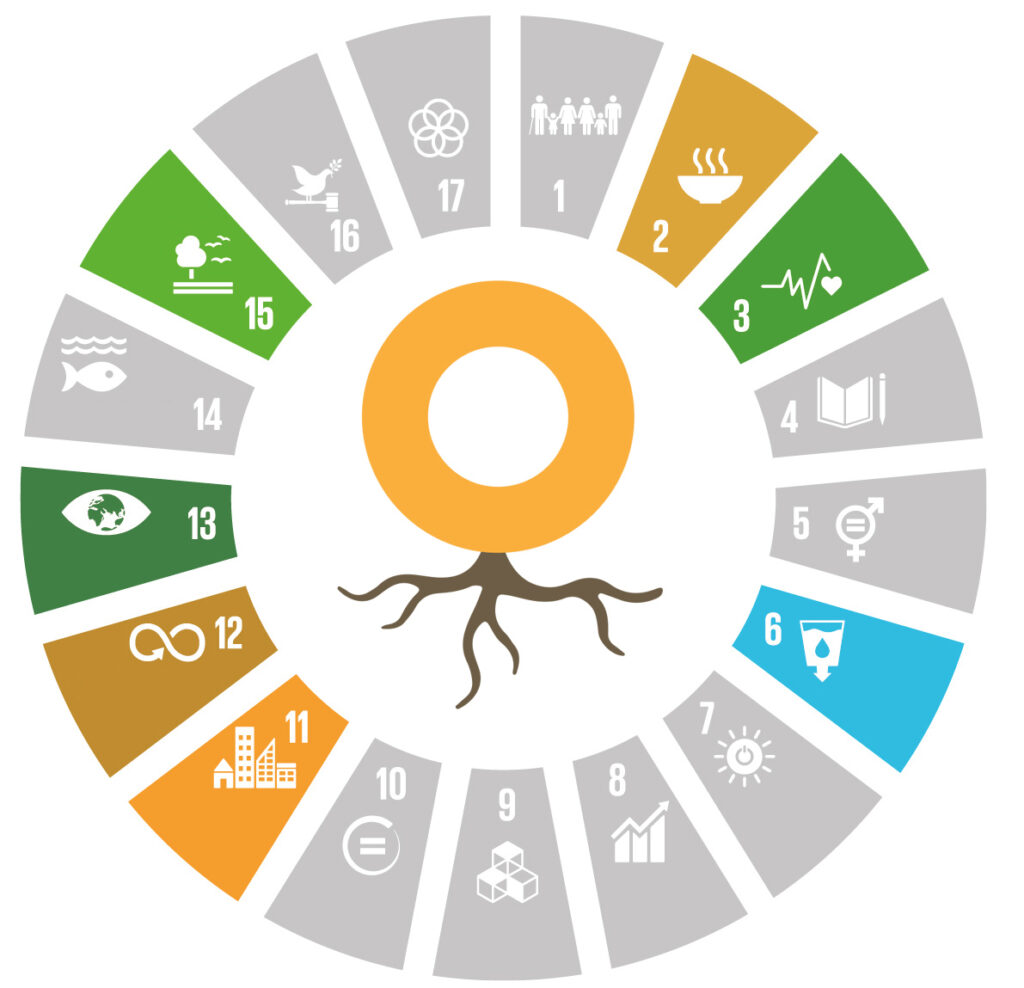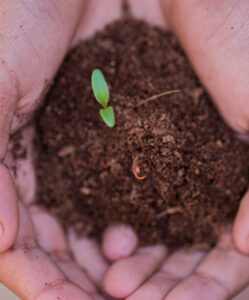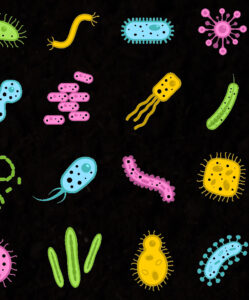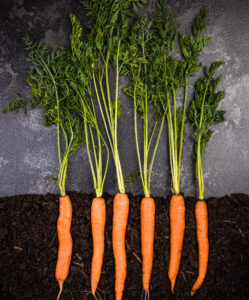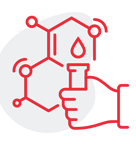Facts and figures about soil
- 95% of our food is grown on soil
- 80% of the additional needed food must come from already cultivated land
- 33% of Earth’s land is moderately to highly degraded
- About 12 mio Ha of land each year are lost to drought and desertification
- It can take up to 1000 years to form one cm of soil
- Sustainable soil management could produce up to 58% more food
- Soil organic matter store twice the quantity of carbon in atmospheric CO2
- Soil contains more than 25% of Earth’s biodiversity



